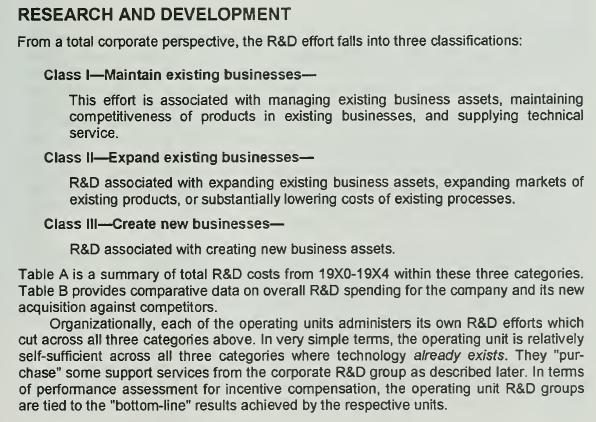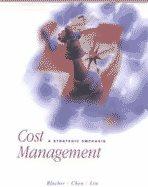In 19X5, events which were thought about and planned for the past several years in the Industrial
Question:
In 19X5, events which were thought about and planned for the past several years in the Industrial Chemicals Company (ICC) culminated in the most significant change in the company's 80-plus year history. A major corporate restructuring was announced including the purchase of a large U.S. based pharmaceutical company, for $2.8 billion. ICC is a large multinational manufacturer of industrial chemicals. The parent company is located in Amsterdam, and manufacturing plants and customers are located worldwide.
In February of 19X6, the Chaimian of the Board and Chief Executive Officer told a reporter of a major financial magazine: "We felt that if we were to build a strong technology base of biology and biotechnology that would simultaneously serve agriculture, animal nutrition, and health care, we could build a unique powerhouse backing it up in a way that companies in these individual businesses couldnl do; and we've built it." The changes initiated were thus not merely pruning and trimming, but changing the very direction of the company by getting out of commodity chemicals and into more innovative areas.
The magazine article made a key observation in its February 10, issue:
A major problem looms: Can ICC support the level of research needed to make a major impact in biotechnology? Eamings for the first three quarters of 19X5 dropped and the company expects to show a loss for the fourth quarter, even before write-offs on closed chemical plants.
The chairman of the board was well aware of this major concern. In fact, as 19X5 drew to a close, he commissioned a special subgroup of the Executive Management Committee (the EMC is the senior management group dealing with major strategic and operational issues) to review the company's overall R&D spending, its affordability and priorities, and bring back recommendations to the EMC in time for inclusion in the 19X6 budgeting process.
CORPORATE R&D The corporate R&D group, in addition to providing support services to the operating unit's R&D efforts, is primarily responsible for required new technology in creating new businesses.
At the point in time in the product invention time line when new-technologybased products reach a level of commercial viability, these programs are "handed-off' to an operating unit R&D group for eventual movement to commercialization. In the past several years, this corporate R&D group has been successful in "inventing" and "handing off' commercial leads despite some operating unit reluctance to fund the research costs.
In these instances, funding sometimes remained with corporate R&D after the "hand-off."
A more detailed description of the corporate R&D group follows. The corporate research and development group is headed by a senior vice president reporting to the Chaiman of the Board and CEO. The central research laboratory group consists of an information center (20 percent of its costs are charged to operating units on a fee for service basis), an MIS facility, bioprocess development and cell culture groups (which are essentially involved in devising production processes for biotechnology-based products), REQUIRED:
As the controller reflected on the infonnnation obtained and the important issues JDeing addressed by the EMC subcommittee, the following questions surfaced in his mind. Develop a response for each question.
1 What is the role of R&D in the firm's overall strategy?
2. Would operating unit control of our key R&D growth programs enhance or mitigate our chances of meeting our goals? That is, should R&D be organized as cost SBUs within each of the operating units? What amount and type of R&D, if any at all, should be done at the corporate level?
3. I know there'll be pressure to level off our R&D spending across the company, including corporate R&D. We've got to make sure we get more for our money in tenms of prioritizing those efforts to go after the most promising commercial opportunities if we're going to achieve our goals in biotechnology! How can we be sure we're prioritizing these efforts toward increased commercial success? That is, how do we evaluate the effectiveness of both the R&D cost SBUs in the operating units and corporate-
level R&D?
4. How does the fact that ICC operates in several different countries affect the decisions the controller is facing?
Step by Step Answer:

Cost Management A Strategic Emphasis
ISBN: 9780070059160
1st Edition
Authors: Edward Blocher, Kung Chen, Thomas Lin





